CHANDRAPRABHA GULIKA PILLS
Chandraprabha Gulika/Pills: Diuretic, Laxative, Rejuvenative, Immuno-modulator, Anti-inflammatory.
Reference Text: (Bhaishajyaratnavali-Prameha)
PRESENTATION: 50 Tablets
About Chandraprabha Gulika
Chandraprabha vati also known as Chandraprabha Gulika and Chandraprabha Vatika is a classical Ayurvedic formulation and medicine, markedly used to help in the treatment of of Prameha, which correlates in many ways with obesity, metabolic syndrome and diabetes mellitus. It is also used in the treatment of diseases related to kidneys, bladder, urniary tract, pancreas, bones, joints, and the thyroid gland.
Chandraprabha Prabha Gulika is known to aid in the following healing properties including as an antacid, an anti-inflammatory, and anti-arthritic especially for spine and lower back pain. It is also known to aid in digestive stimulation, and in the formation of red blood cells while helping to lower bilirubin.
It is also recommended in the management of diabetes, male and female reproductive issues and mental disorders. Chandraprabha is beneficial when dealing with disorders such as kidney stones, urinary incontinence, benign prostatic hyperplasia, male infertility, erectile dysfunction, diabetes, dysmenorrhea, oligomenorrhea, amenorrhea, polycystic ovarian disease, anxiety, the effects of mental stress, and depression.
It is also one of the prescriptions as an Ayurvedic medicine for holistic health, as a supplement for reducing general debility, and for helping increase physical strength. Chandraprabha Gulika assists in increasing the excretion of harmful toxins like creatinine, urea and uric acid from the body and is helpful in correcting the natural functions of kidney and helps to eliminate the excess uric acid.
The key benefits of Chandrprabha Gulika are:
Aids in the treatment of urinary infection
Helps to provide relief from constipation
Helps improve respiratory functioning
Assists in the treatment of skin infections
Ingredients
Guggul
Shilajit
Sharkara
Karpoor
Ativisha
Haridra
Vacha
Mustak
Amalaki
Haritaki
Bibhitaki
Chavya
Bhunimba
Vidanga
Devdaru
Dhania
Guduchi (Giloy)
Chitraka bark
Shunthi
Darvi
Maricha
Pippali
Pippali mool
Gaja pippali
Sarjikshaar
Yavkshaar
Saindhav Lavan
Suvarchal Lavan
Vida Lavan
Swarnamakshika bhashma
Trivrit
Danti mool
Dalchini
Tejpatta
Ela
Vankshalochana
Lauha Bhashma – Ferric ash
Urinary tract infections are caused by microbes such as bacteria overcoming the body’s defenses in the urinary tract. They can affect the kidneys, bladder, and the tubes that run between them. Women are at greater risk of developing a UTI than are men.
The symptoms of a UTI can depend on age, gender, the presence of a catheter, and what part of the urinary tract has been infected. Common symptoms of a UTI include:
Strong and frequent urge to urinate
Cloudy, bloody, or strong-smelling urine
Pain or a burning sensation when urinating
Nausea and vomiting
Muscle aches and abdominal pains
Causes of urinary infection
The vast majority of urinary tract infections (UTIs) are caused by the bacterium Escherichia coli (E. coli), usually found in the digestive system. There are many factors that can put you at an increased risk of a getting a UTI, including:
A weakened immune system
Kidney stones
A previous UTI
Diabetes
Pregnancy
Prolonged use of urinary catheters
Abnormally developed urinary structures from birth
Reduced mobility after surgery or prolonged bed rest
Age — older adults are more likely to get UTIs
Urinary tract obstructions or blockages
Diabetes
Diabetes is a metabolic disorder that occurs when your blood sugar (glucose), is too high (hyperglycemia). Glucose is what the body uses for energy, and the pancreas produces a hormone called insulin that helps convert the glucose from the food you eat into energy. When the body either does not produce enough insulin, does not produce any at all, or your body becomes resistant to the insulin, the glucose does not reach your cells to be used for energy. This results in the health condition termed diabetes.
The symptoms include:
Excessive thirst and hunger
Frequent urination
Weight loss or gain
Fatigue
Irritability
Blurred vision
Slow-healing wounds
Nausea
Skin infections
Darkening of skin in areas of body creases (acanthosis nigricans)
Breath odor that is fruity, sweet, or an acetone odor
Tingling or numbness in the hands or feet
Causes of Diabetes
Different causes are associated with each type of diabetes:
Type 1 diabetes: here, the immune system mistakenly attacks and destroys insulin-producing beta cells in the pancreas.
Type 2 diabetes: stems from a combination of genetics and lifestyle factors.
Gestational diabetes: is the result of hormonal changes during pregnancy.
Liver Cirrhosis
Cirrhosis is a late stage of scarring (fibrosis) of the liver caused by many forms of liver diseases and conditions. When the liver is injured — whether by disease, excessive alcohol consumption or another cause — it tries to repair itself. In the process, scar tissue forms. As cirrhosis progresses, more and more scar tissue forms, making it difficult for the liver to function.
Symptoms of Liver Cirrhosis
Cirrhosis often has no signs or symptoms until liver damage is extensive. When signs and symptoms do occur,
they may include:
Fatigue
Easily bleeding or bruising
Loss of appetite
Nausea
Itchy skin
Weight loss
Swelling in your legs, feet or ankles (edema)
Yellow discoloration in the skin and eyes (jaundice)
Fluid accumulation in your abdomen (ascites)
Spiderlike blood vessels on your skin
Redness in the palms of the hands
Confusion, drowsiness and slurred speech
140.00
Only logged in customers who have purchased this product may leave a review.
Related products
-
+ wishlist+ compare
METHI SEED 100GM ( FENUGREEK )
40.00Add to cartEstimated delivery dates: Jan 14, 2026 - Jan 15, 2026 -
+ wishlist+ compare
SOOTASHEKHAR RASA 100-TAB
328.00Add to cartEstimated delivery dates: Jan 14, 2026 - Jan 15, 2026 -
+ wishlist+ compare
SKINARC
280.00Original price was: 280.00. 271.00Current price is: 271.00.Add to cartEstimated delivery dates: Jan 14, 2026 - Jan 15, 2026 -
+ wishlist+ compare
DHASHMULARISHTA 200ML
108.00Add to cartEstimated delivery dates: Jan 14, 2026 - Jan 15, 2026 -
+ wishlist+ compare
TRESEMME KERATIN SMOOTH CONDITIONER 80ML
107.00Add to cartEstimated delivery dates: Jan 14, 2026 - Jan 15, 2026


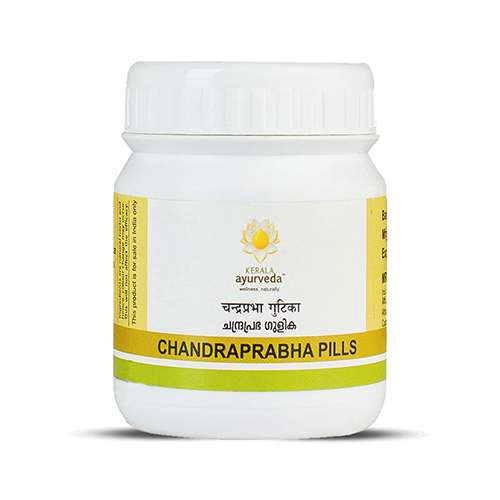
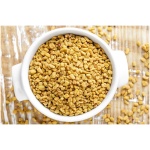
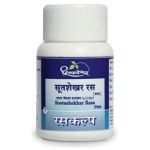
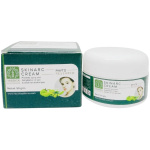
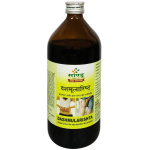

Reviews
There are no reviews yet.